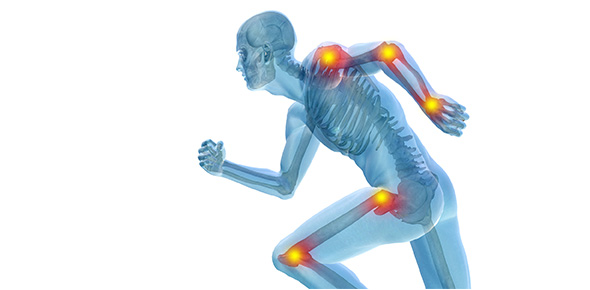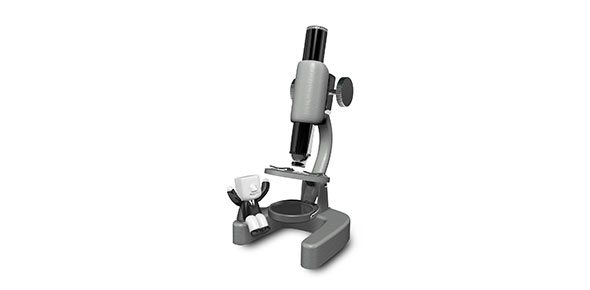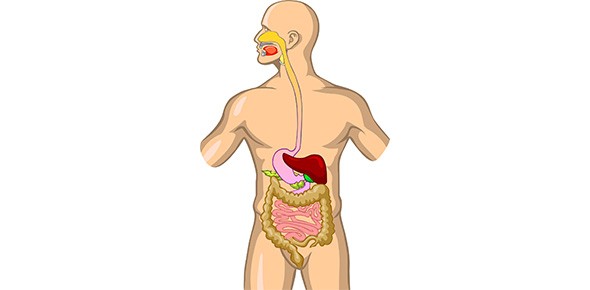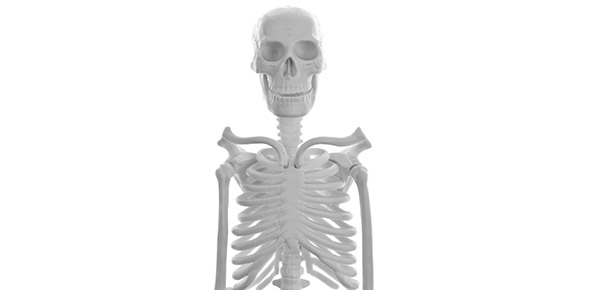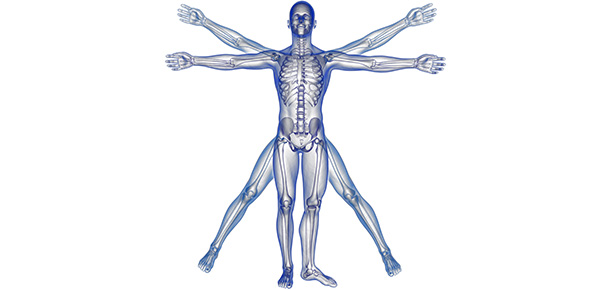Related Flashcards
Related Topics
Cards In This Set
| Front | Back |
|
Various Functions of the Blood
|
1. transport
2. liquid connective tissue 3. helps stabalize pH and temperature 4. immune function |
|
Blood Components- Plasma
|
Plasma- 55%
1. Proteins (blood pressure, clotting, immune functioning) 2. Electrolytes 3. Hormones 4. blood gases 5. waste 6. water (92% plasma) |
|
Blood Components- Formed Elements
|
Formed Elements- 45%
1. Red Blood Cells 2. White Blood Cells 3. Platelets |
|
Erythrocytes
|
-most abundant
-lack a nucleus -transport O2 and CO2 to and from tissues -biconcave shape: increase surface area, rapid gas exchange, squeeze through vessels |
|
Platelets
|
-breakdown of cells in bones
-don't last long -involved in coagulation (trapped by fibrin) |
|
Fibrin
|
Join to form long threads- act as net to catch platelets
|
|
Coagulation Test
|
How fast fibrin and platelets form a clot
|
|
Leukocytes
|
-nucleus
-most are phagocytes -travel between endothelial cells of capillaries and tissues -two types: granular and agranular |
|
Granular Leukocytes
|
-neutrophil (70%)
-eosinophil (3%) -basophil (<1%) |
|
Agranular Leukocytes
|
-lymphocytes (20-30%)
-monocytes (2-8%) |
|
Neutrophil
|
-most abundant
-1st to arrive at wound -release cytotoxins -phagocytize bacteria -release cytokins to attract other WBCs -only in blood for 10 hours (bacterial death) |
|
Eosinophil
|
-phagocytize microbes and bacteria the body has coated
with antibodies -decrease inflammatory response |
|
Basophil
|
-release histamines (vasodilation)
-release heparin (prevent clotting) |
|
Lymphocytes
|
-smallest leukocyte
-abundant in blood -occur in lymph nodes and glands -Bcells and Tcells |
|
B Cells
|
Manufacture antibodies that attach to foreign bodies and help destroy them
|



